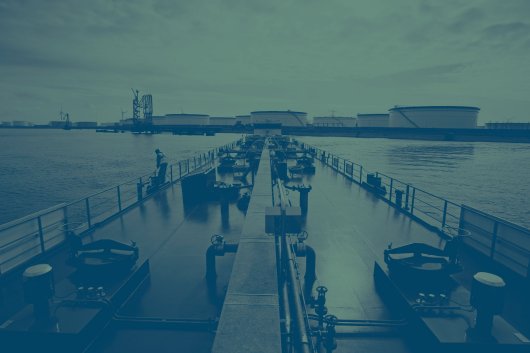OOIL profit drops on higher bunker costs
Orient Overseas reports a $45.8m decrease in earnings for the first six months of 2008.
Shipping and logistics group Orient Overseas (International) Limited (OOIL) has reported a 24 percent drop in first-half profit following a rise in bunker prices, higher terminal and transportation costs and lower earnings from its cash holdings.
Total operating profit for Hong Kong's largest container line during the first six months of 2008 was down to $227.6 million from $298.4 million a year ago, according to a statement released today. The company said the reduction was principally a result of lower earnings in relation to the Group’s liquid assets.
Meanwhile, profit attributable to shareholders for the first half of the year was US$158.3 million.
OOIL's container transport and logistics operations had an improved result year-on-year, with a 1.7% increase in operating profit to US$208.9 million for the first half of 2008 compared to the equivalent 2007 period.
Speaking about the results, Mr C C Tung, Chairman of OOIL, said, “The first half of 2008 has been a further positive period for the Group, with our core business of Container Transportation and Logistics achieving an improved profit for the period compared to the first half of 2007.”
Group turnover for the six months ended 30th June 2008 was US$3,203.7 million, an increase of US$689.5 million or 27.4% as compared with the corresponding period of 2007.
The improved revenue was, however, largely matched by increased costs arising from high oil prices. High energy prices were felt both directly through higher bunker fuel costs and indirectly through higher terminal and third-party transportation costs.
The average bunker price paid for the first half of 2008 was US$502 per tonne, which was 64 percent higher than the US$306 per tonne recorded in the same period of 2007. Whilst savings in consumption have continued to be achieved through revision of sailing and operational programs such as slow-steaming, bunker fuel now represents 79 percent of voyage costs versus 70% during the first half of 2007.
Mr Tung noted that “while higher bunker fuel costs are increasingly mitigated through separate bunker surcharges and operational adjustments, base freight rates need to adjust to cover the less transparent increase in other operating costs. The introduction of a separate floating bunker charge into a majority of contracts for Trans-Pacific services during the 2008 contract negotiations is a positive development in achieving improved bunker cost recovery.”
Tung said he expected the second half of 2008 to be considerably more challenging than the first half due to increased industry capacity, the impact on demand growth rates of slowing US and global economies, and ongoing cost pressures from high energy prices
“A clearer outlook for global economic growth in 2009 will develop over the remainder of the year, especially as to whether economic conditions in the United States will stabilise next year or an even lower rate of growth is experienced than is forecast for this year. In the face of this uncertainty, we do remain exposed to the risk of deterioration in freight rates as these are market driven and vulnerable to adverse swings in sentiment,” Tung said.
Total operating profit for Hong Kong's largest container line during the first six months of 2008 was down to $227.6 million from $298.4 million a year ago, according to a statement released today. The company said the reduction was principally a result of lower earnings in relation to the Group’s liquid assets.
Meanwhile, profit attributable to shareholders for the first half of the year was US$158.3 million.
OOIL's container transport and logistics operations had an improved result year-on-year, with a 1.7% increase in operating profit to US$208.9 million for the first half of 2008 compared to the equivalent 2007 period.
Speaking about the results, Mr C C Tung, Chairman of OOIL, said, “The first half of 2008 has been a further positive period for the Group, with our core business of Container Transportation and Logistics achieving an improved profit for the period compared to the first half of 2007.”
Group turnover for the six months ended 30th June 2008 was US$3,203.7 million, an increase of US$689.5 million or 27.4% as compared with the corresponding period of 2007.
The improved revenue was, however, largely matched by increased costs arising from high oil prices. High energy prices were felt both directly through higher bunker fuel costs and indirectly through higher terminal and third-party transportation costs.
The average bunker price paid for the first half of 2008 was US$502 per tonne, which was 64 percent higher than the US$306 per tonne recorded in the same period of 2007. Whilst savings in consumption have continued to be achieved through revision of sailing and operational programs such as slow-steaming, bunker fuel now represents 79 percent of voyage costs versus 70% during the first half of 2007.
Mr Tung noted that “while higher bunker fuel costs are increasingly mitigated through separate bunker surcharges and operational adjustments, base freight rates need to adjust to cover the less transparent increase in other operating costs. The introduction of a separate floating bunker charge into a majority of contracts for Trans-Pacific services during the 2008 contract negotiations is a positive development in achieving improved bunker cost recovery.”
Tung said he expected the second half of 2008 to be considerably more challenging than the first half due to increased industry capacity, the impact on demand growth rates of slowing US and global economies, and ongoing cost pressures from high energy prices
“A clearer outlook for global economic growth in 2009 will develop over the remainder of the year, especially as to whether economic conditions in the United States will stabilise next year or an even lower rate of growth is experienced than is forecast for this year. In the face of this uncertainty, we do remain exposed to the risk of deterioration in freight rates as these are market driven and vulnerable to adverse swings in sentiment,” Tung said.
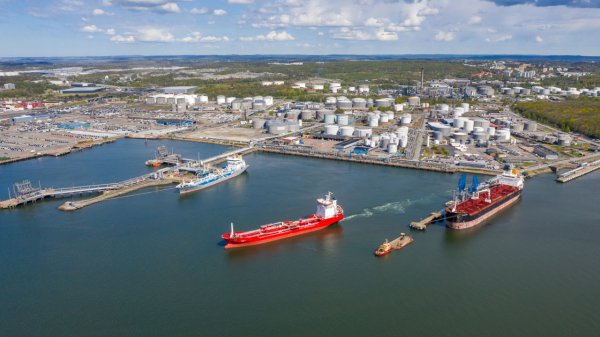
|
Swedish biomethane bunkered in Gothenburg
Test delivery performed by St1 and St1 Biokraft, who aim to become large-scale suppliers. |
|
|
|
||
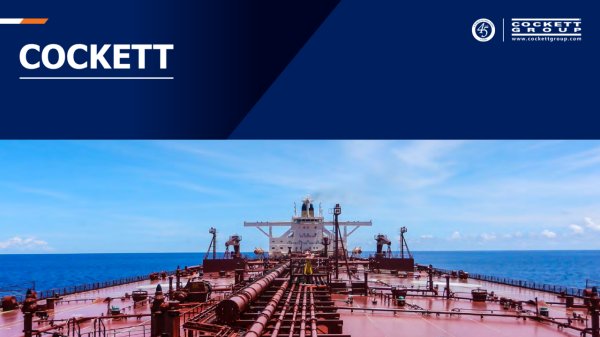
|
Cockett to be closed down after 45 years
End of an era as shareholders make decision based on 'non-core nature' of Cockett's business. |
|
|
|
||
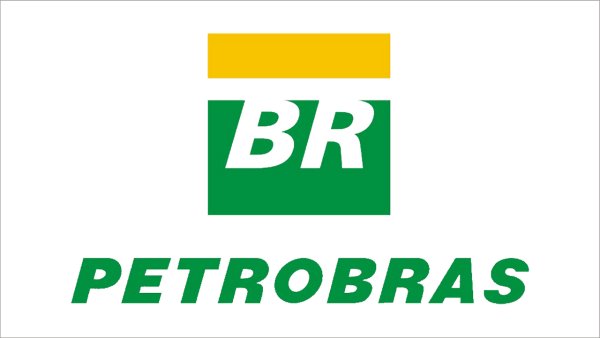
|
Petrobras confirms prompt availability of VLS B24 at Rio Grande
Lead time for barge deliveries currently five days. |
|
|
|
||
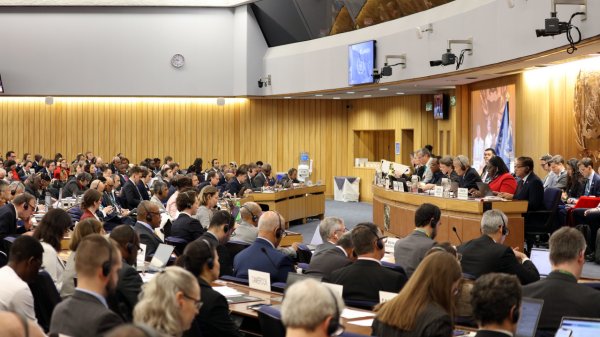
|
IMO approves pricing mechanism based on GHG intensity thresholds
Charges to be levied on ships that do not meet yearly GHG fuel intensity reduction targets. |
|
|
|
||
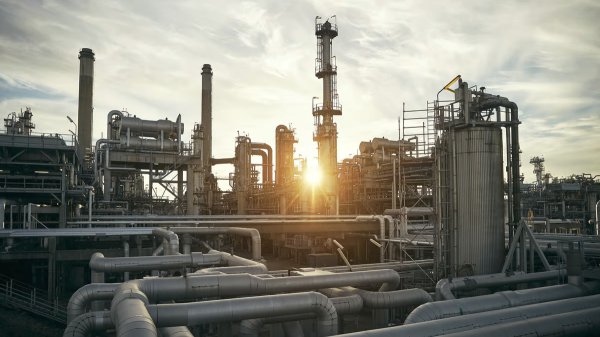
|
VARO Energy expands renewable portfolio with Preem acquisition
All-cash transaction expected to complete in the latter half of 2025. |
|
|
|
||
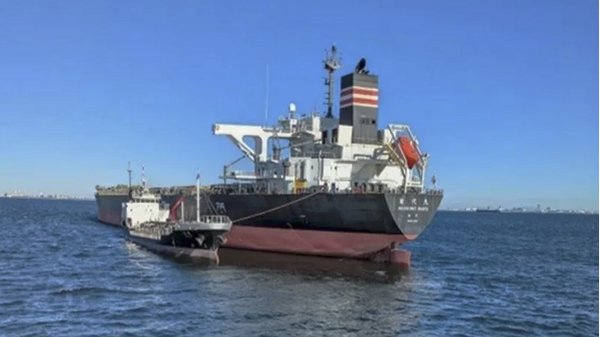
|
NYK trials biofuel in milestone coal carrier test
Vessel is used to test biofuel for domestic utility company. |
|
|
|
||
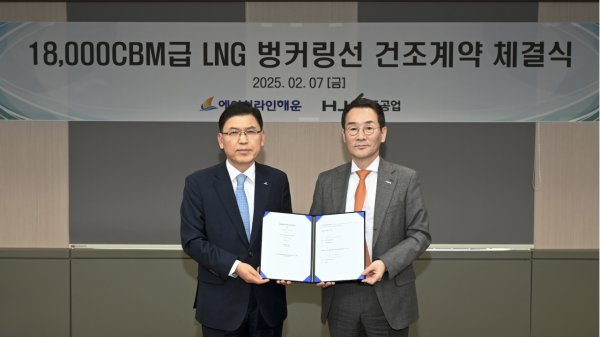
|
H-Line Shipping orders LNG bunkering vessel
Vessel with 18,000-cbm capacity to run on both LNG and MDO. |
|
|
|
||

|
How to engineer and manage green shipping fuels | Stanley George, VPS
Effective management strategies and insights for evolving fuel use. |
|
|
|
||
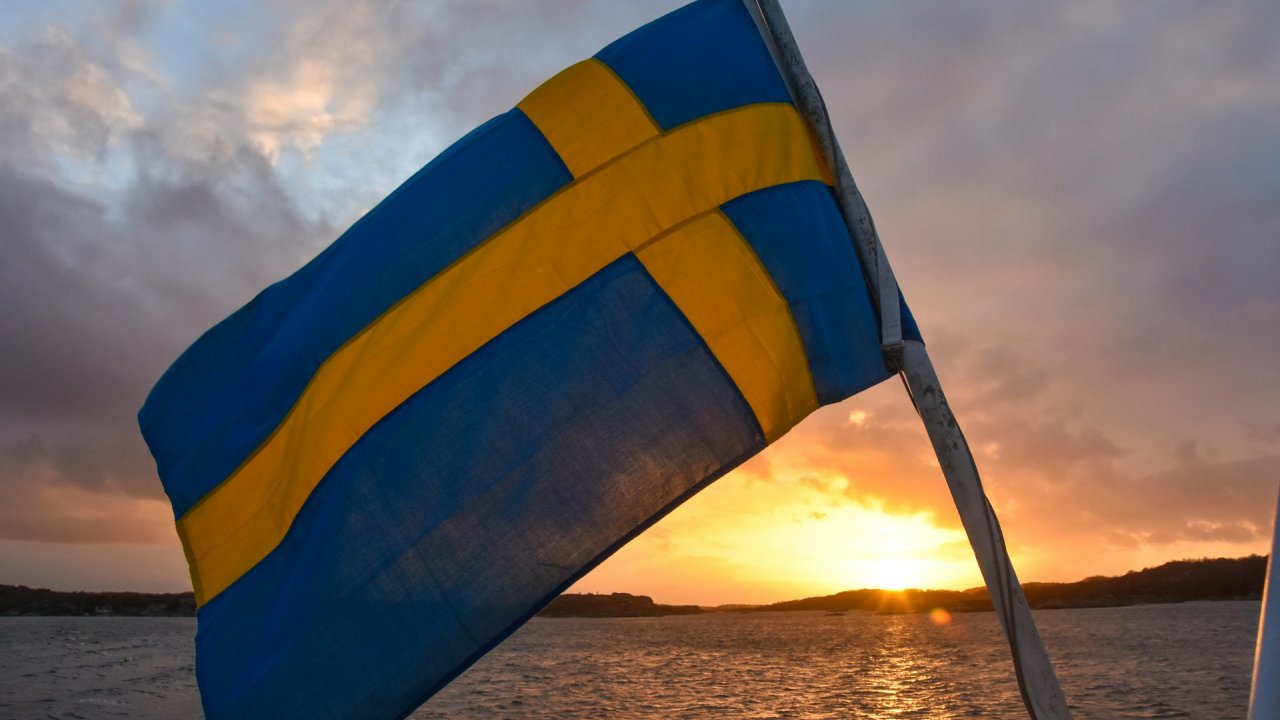
|
Swedish government bans scrubber wastewater discharges
Discharges from open-loop scrubbers to be prohibited in Swedish waters from July 2025. |
|
|
|
||
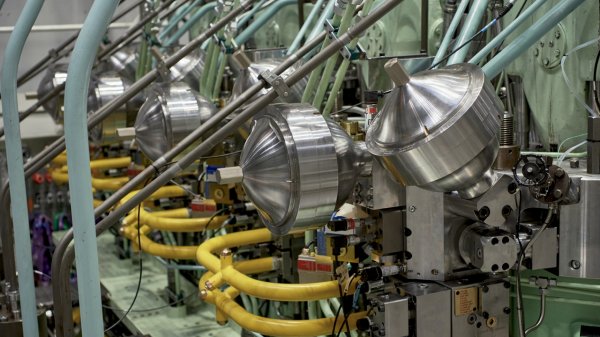
|
MAN Energy Solutions achieves 100% load milestone for ammonia engine
Latest tests validate fuel injection system throughout the entire load curve. |
|
|
|
||
Related Links
- · OOCL joins Climate Change Business Forum [Insights]
- · Asian shipowner announces new BAFs [Insights]
- · Shipping lines impose bunker surcharge [Insights]
- · Emergency bunker surcharge is put on hold [Insights]
- · Hong Kong [Directory]

